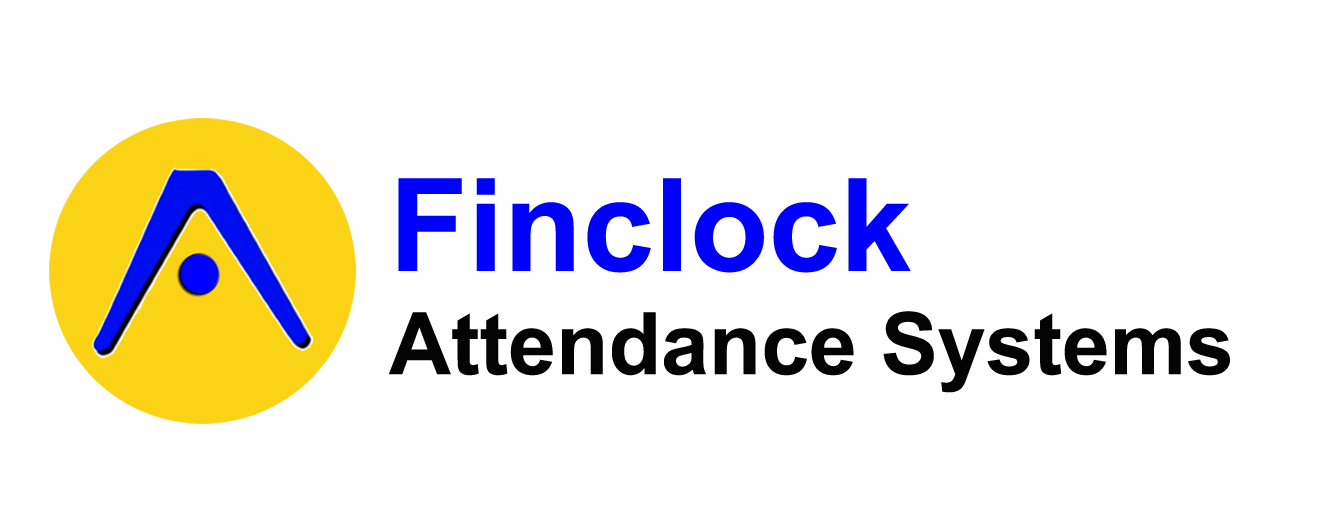Introduction
The importance of proper attendance management in Human Resource (HR) management cannot be overstated. With a good attendance system in place, it can help to ensure that employees are present for the specified hours and accountable for the quality of their performance. A robust attendance system can also be used to facilitate employee productivity and help with staff scheduling and payroll. This article will discuss the various benefits of implementing a robust attendance system in businesses.
Benefits of Attendance Management
1. Better Employee Management: By implementing an attendance system, it can help to ensure that employees are present for their allocated hours of work and can be held accountable for the quality of their performance. This can help managers to better manage their teams and also improve productivity.
2. Improved Productivity: With an effective attendance system in place, it can help to identify and reward employees for their good attendance, which can in turn motivate them to be more productive. For Instance, a leading digital marketing company noted that having an attendance system can also provide managers with a better understanding of how employees are spending their workday, which can help to identify areas for improvement.
3. Cost Savings: An attendance system can help to reduce the cost of employee payroll by ensuring that all employees are paid for their actual hours worked. This can help to eliminate costly overpayments and benefit the overall financial health of the company.
4. Improved Staff Scheduling: An attendance system can also help to streamline staff scheduling, as it can quickly and accurately identify when an employee is absent or late. This can help to ensure that the workload is evenly distributed among the other team members.
5. Optimizing Resources: An attendance system can also help to optimize resource usage by providing managers with a better understanding of the available resources and help to identify any potential issues that may arise due to resource shortages.
6. Accurate Data: The data collected from an attendance system can be used to help make more informed decisions in areas such as employee promotion, employee discipline, and budgeting.
7. Improved Compliance: An attendance system can also help to improve compliance with labor laws, as it can be used to track employee hours and identify any potential violations.
8. Improved Communication: A proper attendance system can help to improve communication between employees and managers, as it can provide managers with a better understanding of the attendance histories of their employees.
Implementation strategies
Attendance management plays an important role in the smooth functioning of any organization, as it ensures that employees are present when they are required to be and that they are accounted for in terms of work hours. An effective attendance system can help companies achieve their goals and objectives, while at the same time improve employee engagement and morale.
Defining the Need
The first step in the process of implementing an attendance system is to determine the need for such a system. Companies must assess their own particular needs and come up with a solution that best fits their organizational goals and objectives. Factors such as the size of the organization, payroll structure and type of business should be considered.
Evaluating Solutions
Once the need for an attendance system and attendance app requirements have been determined, the next step is to evaluate the various solutions available. Companies should consider the cost and complexity of the solutions offered, as well as the compatibility with existing systems. They should also evaluate the user-friendliness of the respective solutions, as well as their scalability.
Developing a Plan
The next step is to develop a plan for the implementation of the attendance system. Companies should clearly define the objectives they wish to achieve and the steps required to realize them. It is important to consider the timeline for the implementation, as well as the resources required.
Choosing the System
Once the plan has been developed, the next step is to select the appropriate system. Companies should select a system that meets their particular needs and is tailored to their organization.
Acquiring Resources
Before the system can be implemented, companies must acquire the necessary resources. This includes hardware and software, as well as personnel such as trainers and support staff.
Implementing the System
Once the resources have been acquired, the system can be implemented. This involves setting up the system, configuring it and training employees on its usage.
Testing the System
Once the online attendance system has been implemented, it must be tested to ensure that it is functioning properly. This may involve running tests with sample data or actual employee data.
Maintaining the System
Once the system has been tested and is operational, the next step is to maintain it. This involves periodically monitoring the system and ensuring that it is up-to-date and functioning properly.
Analyzing the Data
The final step in the process of implementing a robust system that may include attendance app, portable biometric machine, Self-service portal and auto-analysis may be helpful to your business. This can help identify any issues or trends, as well as provide valuable insights into the overall efficiency of the organization.
Conclusion
Overall, the implementation of an effective attendance system can be highly beneficial for businesses. It can help to improve employee management, increase productivity, streamline staff scheduling, optimize resources, provide accurate data, and improve compliance with labor laws. In addition, it can also help to improve communication between employees and managers. Implementing an attendance system can help ensure that employees are accounted for and that payroll and other related processes are conducted efficiently and accurately. Therefore, a robust attendance system can be a valuable tool for businesses of all sizes.
